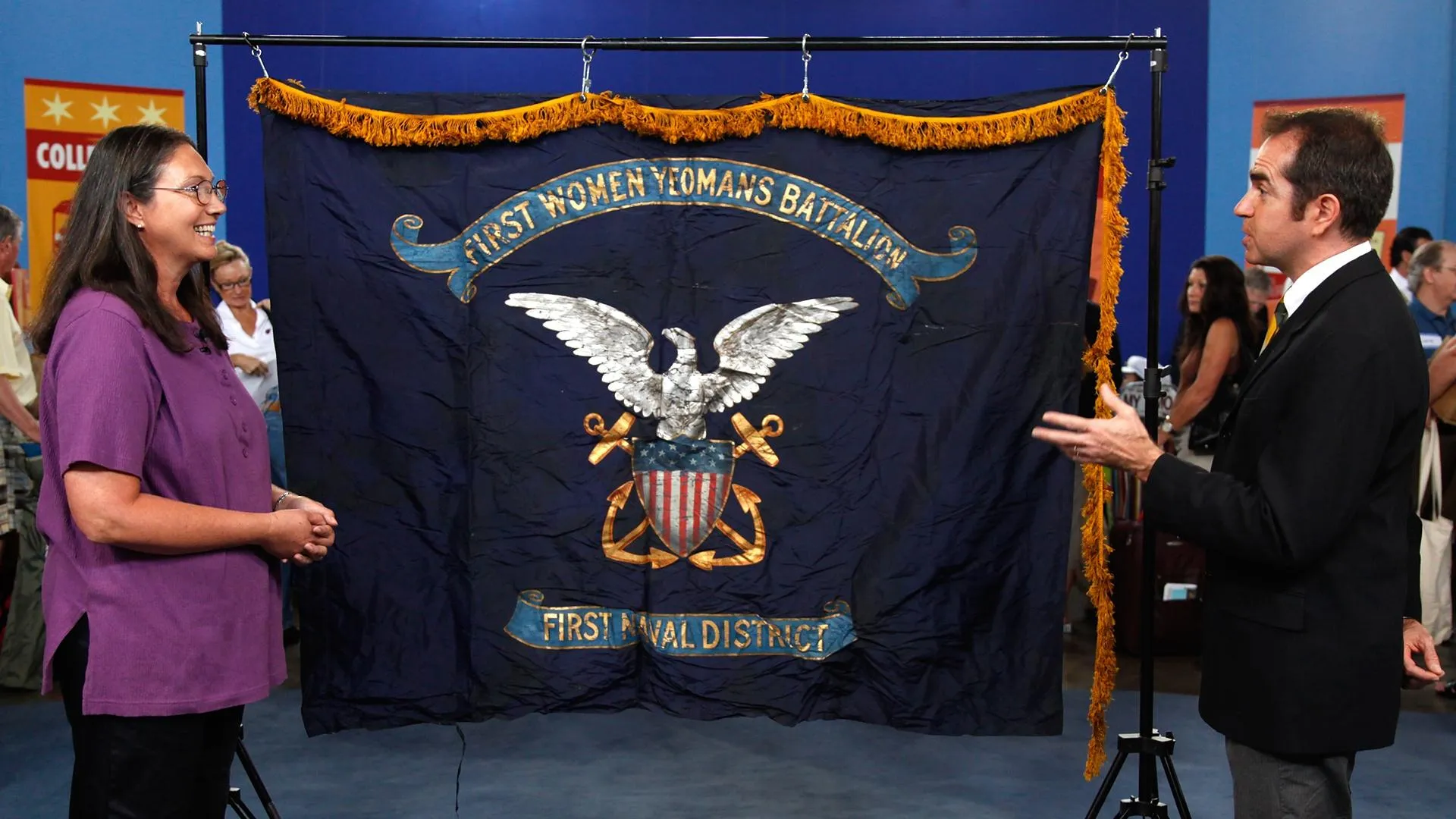GUEST: These belonged to my grandmother. She had a trading post on the San Carlos Apache Indian reservation here in Arizona. She came to Arizona before Arizona was even a state as a public health nurse, and she rode around the Apache Indian reservation on a horse, and then she and her husband opened Tiffany's Trading Company in San Carlos. And so this was part of her collection of Indian things.
APPRAISER: Was that any relation to Louis Comfort Tiffany?
GUEST: Yes, my grandfather is related to the Tiffany family. I'm not sure exactly in what regard.
APPRAISER: Wonderful, wonderful. Well, this is a very interesting group of baskets. They're little lidded treasury baskets. They are all Makah baskets. The Makah tribe is up in Washington. They are twine baskets, and they're woven with bear grass and cedar bark. But they're all woven differently, which means they all have a different value. These kinds of baskets would have been made during the Arts and Crafts period, and that was between about 1880 and the 1930s, 1940s, when people started to travel west. And they would buy these kinds of things right along the train routes. When the train would stop, the Indian ladies would sit out with their wares and sell their basketry. And the Anglo consumer loved finely woven pieces. We have four baskets from the Puget Sound area, but all woven, except for one, more average weave. We have a basket like this, which is more average weave,
GUEST: Mm-hmm. ...
APPRAISER: a little oval with figures on it, another little basket, and then the real fine one. Today, retail, this little basket would probably go for $65.
GUEST: Mm-hmm.
APPRAISER: This little basket would go for around $55 to $75, a little finer woven. This basket, because it's a little bit bigger, would probably go close to $200. But this basket, this basket would retail today for between $1,250 and $1,500.
GUEST: Oh, my gosh. Wow. Wow, that's amazing.
APPRAISER: And in Seattle, these are worth the most money.
GUEST: Really?



